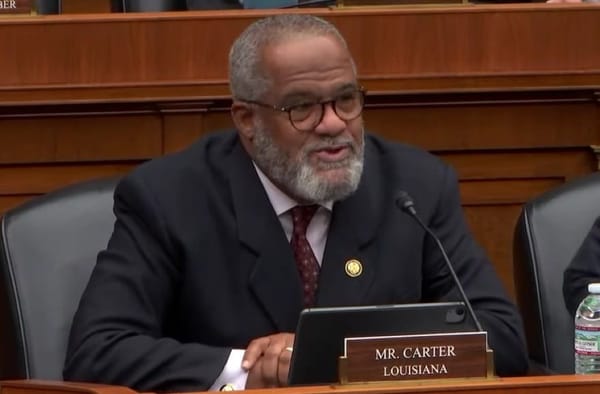Broadband Expert Q&A: Dan Hays Talks Broadband Mapping, Grants
WASHINGTON, December 29, 2009 – Dan Hays, director of the telecommunications practice at the management consulting firm PRTM, told Broadband Census News Monday that his company has some serious concerns about the overall direction of a government program to distribute funds to spur broadband penetra
Winter Casey
WASHINGTON, December 29, 2009 – Dan Hays, director of the telecommunications practice at the management consulting firm PRTM, told Broadband Census News Monday that his company has some serious concerns about the overall direction of a government program to distribute funds to spur broadband penetration across the nation. Hays added that the division of grants and programs by state to gather information that will be used for a national broadband map “is driving unnecessary fragmentation.” For a more in-depth explanation from Hays read the Q&A below:
Broadband Census News: What is going to happen to the money Congress allocated earlier this year for broadband stimulus programs?
Hays: Despite the meager awards to date in the first round of the broad band stimulus program, we remain hopeful that the promise of the broader $7.2 billion of awards will be fulfilled by the third quarter of 2010. However, we have some serious concerns about the overall direction of the program, particularly in light of the first awards that were announced. Doling out $7.2 billion in such small amounts places the program at significant risk of wasting a tremendous opportunity to bring broadband to millions of Americans in need. The awards also lack a cohesive strategy and unified set of communications technologies, further fragmenting the country’s broadband infrastructure.
Recipients of the first awards lack the critical mass and depth of experience necessary to have a material impact on the Unites States’ broadband gaps. Awards to date have been made to largely small, sub-scale service providers. Most of the recipients so far do not have a proven ability to rapidly and efficiently deploy the associated capital. We believe that there is a significant risk that many of the projects receiving awards will never see their first user. Past rural broadband programs have had extremely high failure rates, and nothing has been done to correct this in the new program. The stimulus program lacks clear criteria for awardees to demonstrate deployment, launch, and operational capabilities. In many communities, the ability to fund monthly recurring charges will remain a major obstacle, inhibiting uptake of broadband services
Broadband Census News: What will happen in regards to government efforts to give state grants to provide data that will be used for a national broadband map? Will states meet their deadlines?
Hays: The division of grants and programs by state is driving unnecessary fragmentation. Approaches to data collection, validation, and integration are being reinvented over and over again. The unusual structure of the broadband mapping program leads us to believe that there are many problems to come. Many state-level programs will struggle to achieve critical mass.
We expect that incumbent service providers will be less than enthusiastic about providing their coverage data at appropriate levels of resolution. State-level programs should expect delays up front, and even anticipate the need to re-do some collection far down the road.
The continued lack of a national broadband map will be an obstacle for many months to come, if not longer. The FCC’s national broadband strategy continues to be encumbered by the lack of a map. Both the BIP and BTOP stimulus programs will see even more application protests in the absence of a cohesive and comprehensive broadband map.










Member discussion